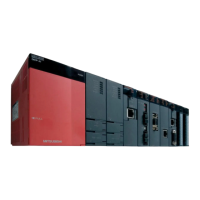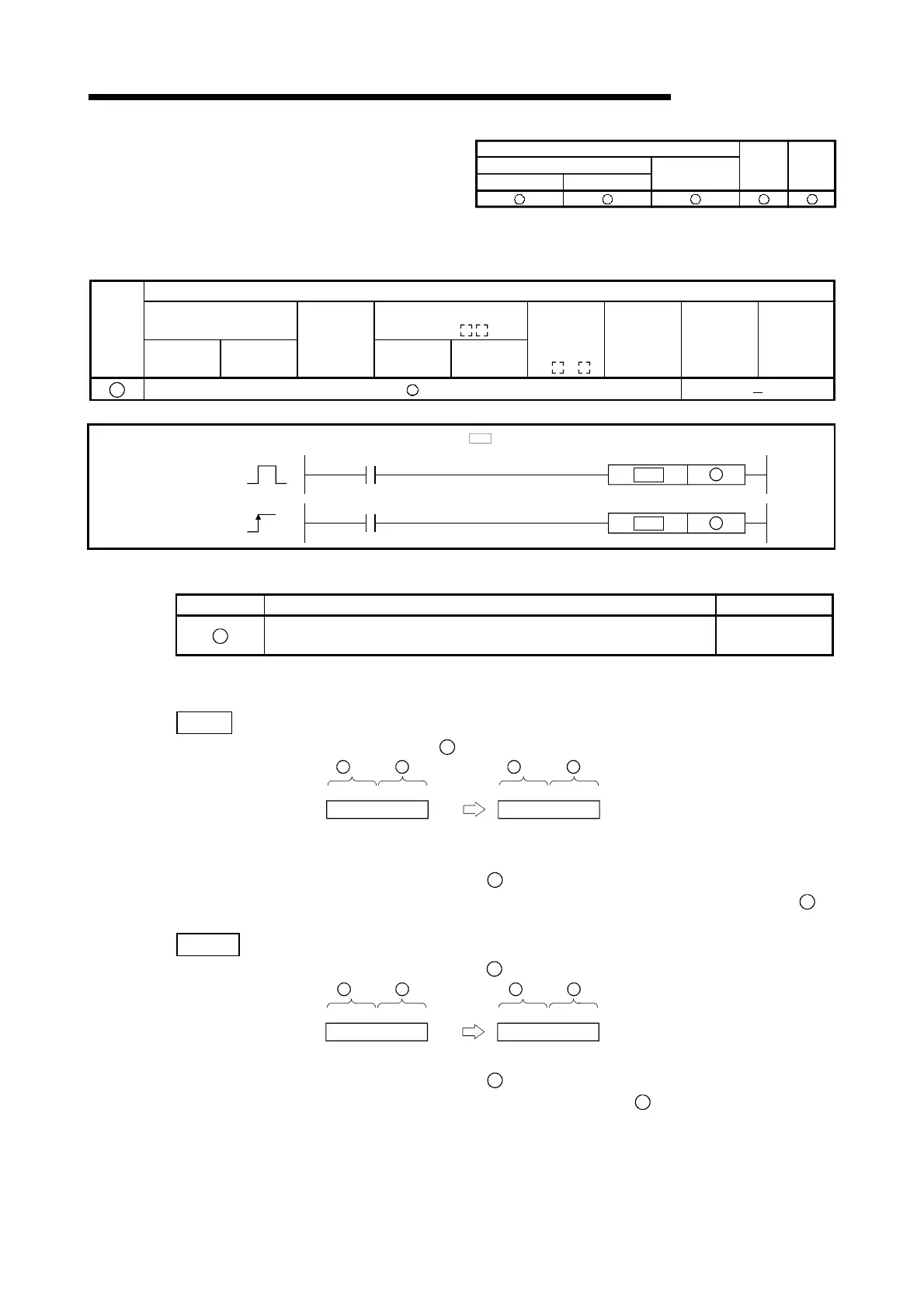

Do you have a question about the Mitsubishi MELSEC QCPU and is the answer not in the manual?
| Model | MELSEC QCPU |
|---|---|
| Series | Q Series |
| Category | Controller |
| Memory | Varies depending on CPU type |
| Program Memory | Varies depending on CPU type (e.g., 32K steps to 260K steps or more) |
| Data Memory | Varies depending on CPU type (e.g., 64K words to 512K words) |
| I/O Capacity | Up to 4096 points (varies by model) |
| Number of I/O Points | Up to 4096 points |
| Communication | Ethernet |
| Programming Language | Ladder Logic, Instruction List, SFC, ST, Function Block Diagram |
| Program Capacity | Varies depending on CPU type (e.g., 32K steps to 260K steps or more) |
| Power Supply | 24V DC or 100-240V AC (depending on model) |
| Operating Temperature | 0°C to 55°C |
| Storage Temperature | -25°C to 75°C |
| Humidity | 5 to 95% RH, non-condensing |
| Shock Resistance | 147 m/s2, 3 times in X, Y, and Z directions |
Lists other relevant programming manuals.
Explains abbreviations and generic names used.
Categorizes the types of CPU module instructions.
Explains the format and conventions of instruction tables.
Instructions for relay control ladders.
Common operations like comparison and arithmetic.
Instructions for specific applications like logical operations.
Instructions for data communication between stations.
Instructions specific to QCPU modules.
Instructions for redundant system configuration.
Explains the structure of CPU module instructions.
Describes how to designate data types for instructions.
Explains how to use index registers for indirect addressing.
Explains how to use indirect addressing for devices.
Explains subset processing for performance improvement.
Describes programming cautions and potential operation errors.
Explains different execution conditions for instructions.
Explains how step numbers are calculated for instructions.
Explains behavior when multiple instructions use the same device.
Explains how to read instruction descriptions.
Instructions for operation start and connections.
Instructions for connecting ladder blocks.
Instructions for managing operation results.
Instructions for low and high speed timers.
Instructions for up/down counters.
Instruction to set devices ON.
Instruction to reset devices OFF.
Instructions for pulse output on leading/trailing edges.
Instructions for shifting bit devices.
Instructions for master control of program execution.
Instructions to terminate program execution.
Miscellaneous instructions.
Instructions for comparing data.
Instructions for addition, subtraction, multiplication, division.
Instructions for converting data formats.
Instructions for moving data.
Instructions to control program execution flow.
Various useful instructions.
Details processing times for various CPU modules.
Compares performance across different CPU types.
Lists and explains special relays.
Lists and explains special registers.
Provides examples of application programs.











